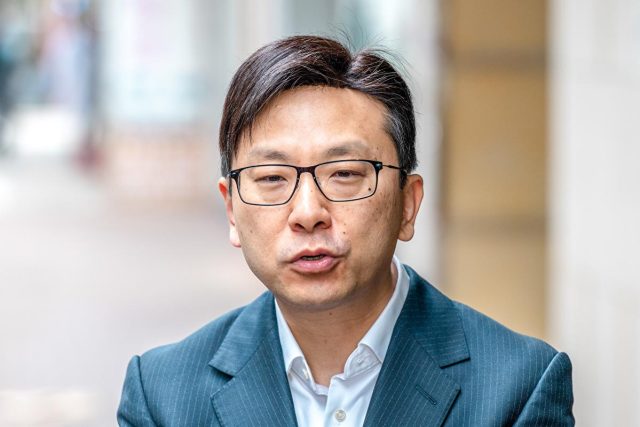Hong Kong’s labor chief unveiled sweeping reforms Friday to a foreign worker program, aiming to safeguard local employment while addressing chronic shortages in key industries, as the city grapples with a shrinking workforce and an aging population.
Secretary for Labour and Welfare Chris Sun Yuk-han, speaking on a radio program, detailed changes to the Enhanced Supplementary Labour Scheme as part of the government’s annual Policy Address. The initiative, launched two years ago, has imported 32,000 foreign workers, with about half filling roles in the catering sector.
To prioritize Hong Kong residents, Sun said the recruitment window for positions like waiters and junior chefs will double to six weeks. Employers must also adhere to a strict two-to-one ratio of local hires to foreign workers. “The scheme is designed to supplement, not supplant, local jobs,” Sun emphasized, noting the city’s demographic challenges have left sectors like hospitality scrambling for staff.
The announcements come amid heightened scrutiny of worker protections, especially after Super Typhoon Ragasa battered the region last week, sparking calls for stronger safeguards during extreme weather. Sun pointed to existing Labour Department guidelines that encourage employers and employees to negotiate work arrangements in advance, with safety as the top priority.
“Employers have a legal duty to ensure workplace safety,” he said, urging workers facing undue pressure to contact the department for help. The guidelines, while advisory, underscore the government’s push to prevent risks during storms, heatwaves or other hazards.
Sun also spotlighted enhanced support for caregivers, a critical need in one of Asia’s fastest-aging societies. The government will allocate 500 million Hong Kong dollars ($64 million) annually to bolster services, including a three-year caregiver support program and a dedicated hotline.
Since July, partnerships with the Housing Authority and Hospital Authority have ramped up efforts to spot vulnerable “single elderly” and “dual elderly” households. Hospitals now alert the Social Welfare Department when low-income caregivers are admitted, ensuring prompt aid for their dependents.
Of more than 500 such caregivers hospitalized so far, Sun said most had already arranged alternative care, with only two requiring extra assistance. With roughly 500,000 elderly households in public housing, the focus will start there before expanding to older tenements and private buildings, potentially through ties with property managers.
“As our population ages, we need both public resources and family commitment to care for the elderly,” Sun said, framing the measures as a holistic response to Hong Kong’s evolving social landscape.
The reforms reflect broader efforts to balance economic demands with social welfare in the semi-autonomous Chinese city, where a low birth rate and emigration have intensified labor pressures. Officials hope the changes will ease tensions over foreign hires while building resilience against future challenges.














